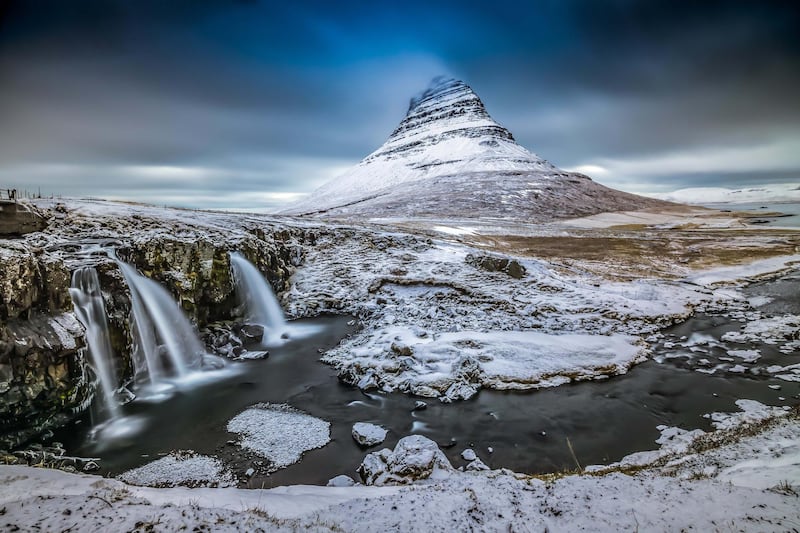The release of the teaser for the eighth season of Game of Thrones a few weeks ago confirmed that Westeros fever is running high. Dubbed "The Crypts of Winterfell", the promotional video has clocked up more than 20 million views since it debuted and, with three months to go before the final season of the HBO show premieres, it seems fans are as insatiable as ever.
Prepare yourself for the all-important release on April 14 with a look at some of the places around the world that inspired the Seven Kingdom magic. While the show is set in a fantasy world, many of its scenes were filmed in real castles, courtyards and coastlines. From the soaring glaciers of Iceland to Morocco's wind-drenched west coast, winter is coming at these real-life Game of Thrones locations.
Traverse the Iron Islands in Northern Ireland
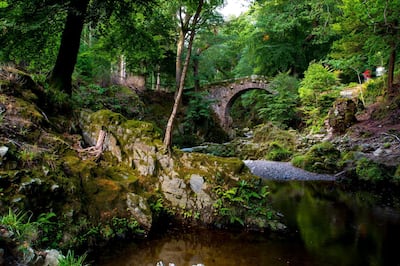
All of the interior shots from the much-anticipated new season were filmed in Northern Ireland at Belfast’s Titanic Quarter and, while you can’t get access to the studios at the moment, there’s no shortage of locations across the country where you can relive moments from the show. Westeros’ Haunted Forest is actually Tollymore Forest Park in County Down (pictured) and it’s where the White Walkers first appeared onscreen. It’s also the spot where Ned Stark found the direwolf pups. Take the Causeway Coast route and you’ll venture to Country Antrim’s Ballintoy, where Theon Greyjoy lands when he makes his return to his homeland. Not too far from here, the Dark Hedges near Stranocum served as The Kings Road in season two and is the route that Arya travelled after escaping King’s Landing. Legend has it that a spirit called the Grey Lady haunts the area.
Go beyond the wall in Iceland
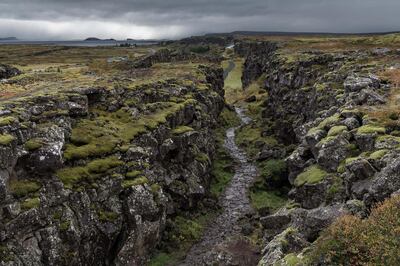
The frozen wastelands beyond the wall have mostly been shot in Iceland. Last season’s epic battle with the White Walkers was filmed across three sites — Svinafellsjokull glacier, Reynisfjara beach and the arrow-shaped Kirkjufell mountain (pictured). Take a drive on the country’s Ring Road and stop at the frozen lava field of Dimmuborgir, which is where Mance Rayder camped with his Free Folk army in season three. And it’s not only ice-covered footage that was filmed this far north. Thingvellir National Park featured as the entrance to the Eyrie in season three when Sansa and Littlefinger arrive in the Vale of Arryn, and in season one as Catelyn Stark visits to request help from her sister. Fascinating in terms of geology, this Unesco World Heritage Site has the Mid-Atlantic ridge running right through its heart, meaning you can walk between two continents. Its tectonic plates move approximately 2.5 centimetres every year, resulting in lava fields and ravines being ripped open by centuries of earthquakes. While trembles still happen daily, thankfully for visitors to the Eyrie, most are too minor to be felt.
Return to Winterfell in Scotland
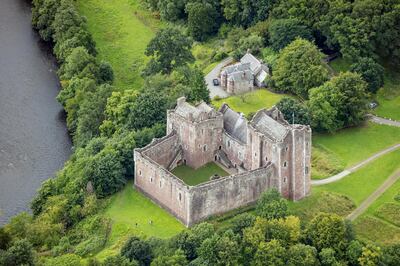
The pilot episode of Game of Thrones opened with the then king — Robert Baratheon — arriving in Winterfell to be greeted by Ned Stark and his family. This scene was shot in the courtyard of Doune Castle in Perthshire (pictured), about an hour north of Edinburgh. The castle has one of the best preserved great halls in the country and is open to visitors. Originally, it was built as the home of Regent Albany, who spent a lot of money on the castle, which historians believe was originally a lot bigger than what we see today. The Lord's Hall is impressive with its double fireplace, oak screen and musician's gallery, and the 100-foot-tall gatehouse still has its original iron yett and drawbar. If you climb up to the battlements, you will be rewarded with views of the Scottish Highlands, including the mighty Ben Lomond. This is Winterfell before tragedy ensued.
See the seat of power in Croatia
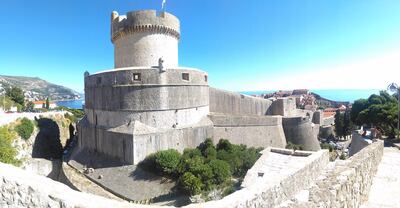
Croatia has enjoyed a huge rise in tourists since King’s Landing was first seen on screen, so if it’s quiet spots you’re after, then Dubrovnik certainly isn’t that. But for Game of Thrones geeks, it’s a must- visit, especially as the city looks likely to play a significant role in the final showdown. In the season four finale, we see Prince Oberyn pulverised by The Mountain. That was filmed at a derelict hotel on the outskirts of Dubrovnik. Elsewhere, visit Minceta Tower (pictured) at the city’s highest point, which you might recognise as the House of the Undying. About an hour from the city, the Dalmatian Town of Ston is surrounded by 3.5 miles of ancient defensive walls. Often nicknamed the “Great Wall of Europe”, the location serves as the defence fortress of King’s Landing.
Return to the beginning in Malta
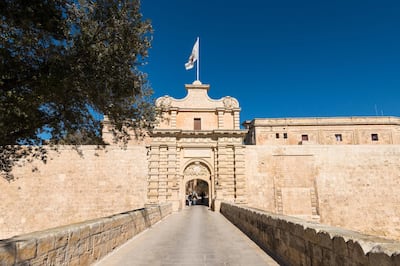
The original site of both King’s Landing and the free city of Pentos, Malta only featured in season one, so is unlikely to return for the finale — especially as one of the original filming locations, the limestone Azure Gate, has crumbled into the ocean. That said, the Mediterranean nation is definitely worth a visit thanks to its role in the show’s infancy. Head to the 4,000-year-old walled city of Mdina (pictured), which acted as the gate to King’s Landing in the third episode when Catelyn Stark and Ser Rodrik arrived in the city. History buffs will love the country’s plethora of forts, many of which were also featured in the show. The original site of the Red Keep was shot at Fort Ricasoli in the south-east, while Fort St Angelo served as the dungeons. The 18th-century Fort Manoel in Gzira will be familiar to fans — it’s where King Joffrey demanded the execution of Ned Stark.
Walk with dragons in Spain
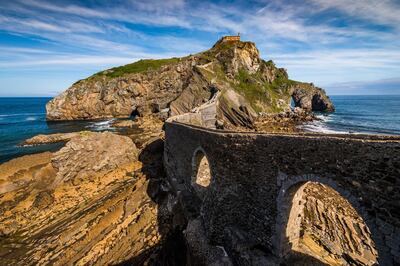
Spain's Seville first appeared in Game of Thrones as the sun-kissed city of Dorne and the region will no doubt return in the final season, with some scenes having been filmed at the Roman ruins of the Anfiteatro de Italica at Santicponce. Last season, however, it was all about the Basque Country, with many of its locations depicted as Dragonstone, the ancestral home of Daenerys Targaryen. In a land filled with fire-breathing creatures, sparkling pools and stunning coastlines, only one of these features isn't present in real life. Head out on the coastal Flysch Route walking trail and you'll come first to Dragonstone's main beach. Known as Itzurun, it's located near the town of Zumaia and has crystal clear waters. Not too far from here, off the coast of Biscay, is the winding footbridge (pictured) that Jon Snow and Daenerys walked along. It stretches to the island of San Juan de Gaztelugatxe, where the bridge turns into a series of steps leading to a 10th-century hilltop hermitage. Legend has it that if you ring the bell at the top three times, good fortune will find you.
Visit the free cities of Morocco
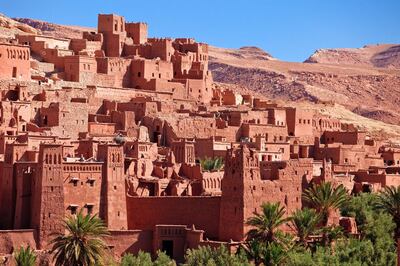
In the Seven Kingdoms, slavery has been illegal since before time can tell, but across the Narrow Sea, the practice has existed for thousands of years. When Daenerys decides to become the "breaker of chains", she must travel to these far-flung locations, and Morocco serves as the backdrop to many of them. The town of Ouarzazate is depicted as the fictional city of Pentos, and its World Heritage Site Ait Benhaddou (pictured) is where Danerys defeats the slave merchants of Yunkai. Located to the south- east of Marrakech, this earthen clay village is a warren of ancient pathways and narrow lanes, and is still home to a few Berber families. Game of Thrones is not the town's first claim to fame — Jake Gyllenhall's Prince of Persia and Brad Pitt's Babel were also filmed here. On Morocco's west coast, Essaouira is where scenes from Astapor were shot. Today, it's famed for its hipster vibes, surfing points and palm-lined avenues, but in the series, the coastal city is the home of the Unsullied.
______________________
Read more:
Why George R R Martin's 'Fire & Blood' is a perfect stopgap for Game of Thrones fans
Why there would be no Game of Thrones if it wasn't for The Sopranos
From Veep to American Vandal: a look at the television shows axed in 2018
______________________
